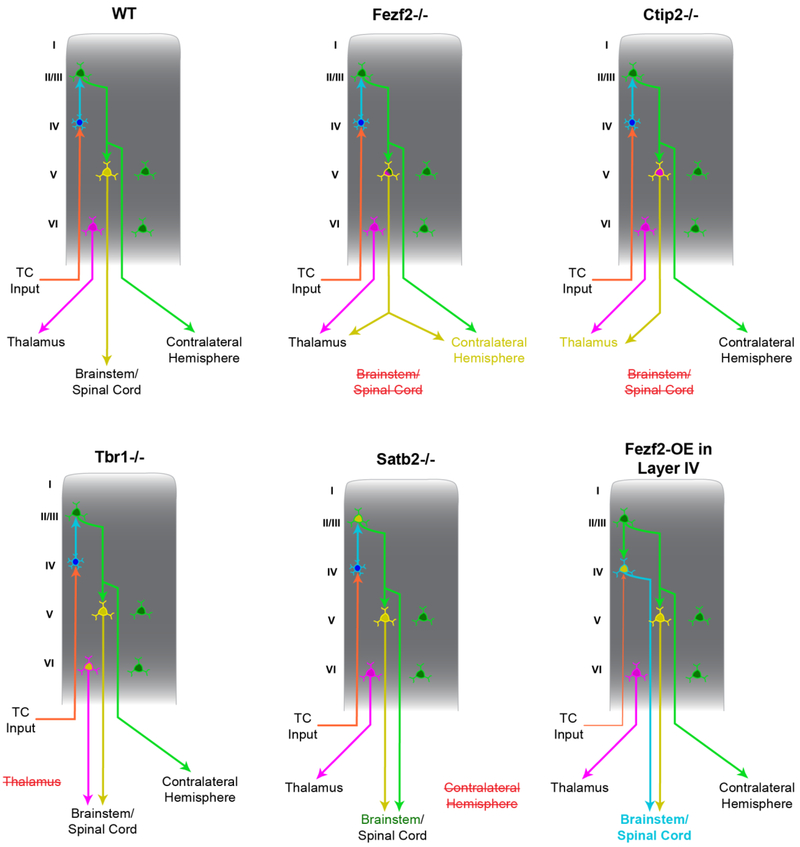Figure 3. Transcriptional control of cortical projection neuron specification and wiring.
Several transcription factors that contribute to the differentiation of the three first-order classes of cortical projection neurons (CT, PT, and IT neurons) have been identified. Connections made by these cortical neurons are depicted in the context of the wild-type (WT) mouse cortex, along with the associated connectivity changes caused by the mutation (or ectopic overexpression) of these developmentally important transcription factors (please see text for references; knockout mutations are denoted by the gene symbol followed by −/−, e.g. Fezf2−/−). Fezf2 is a PT neuron selector gene that regulates the expression of many functionally important genes. When Fezf2 is deleted, the cortex no longer sends projections to the spinal cord, but, instead, the PT neurons upregulate genes that promote CT and IT neuron phenotypes. Accordingly, these mutant PT neurons send ectopic projections to the thalamus or across the corpus callosum. Ctip2 also contributes to the development of PT-type neurons, as projections from the cortex to the spinal cord are disrupted in Ctip2−/− mice. Tbr1 promotes the development of CT neurons, as evidenced by the fate-conversion of CT neurons into PT neurons in Tbr1−/− mice. In Tbr1−/− mutant mice, CT neurons upregulate Fezf2 and project toward the brainstem and spinal cord. Satb2 is a critical regulator of IT neurons, as Satb2−/− mice do not send axons through the corpus callosum to the contralateral hemisphere. Instead, upper layer neurons upregulate Ctip2 and project subcortically. When Fezf2 is ectopically expressed in layer IV IT neurons, these neurons are reprogrammed into PT neurons; they adopt several molecular and connectivity phenotypes that are characteristic of PT neurons, but normally excluded from layer IV IT neurons. Red, strikethrough font indicates the loss of projections from the cortex to the indicated structure (e.g. Fezf2−/− mice lose projects from cortex to spinal cord).

